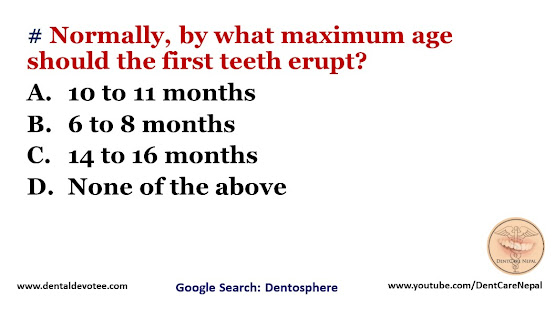# Which primary tooth does not resemble successor?
A. Incisors
B. Canines
C. Maxillary first molar
D. Mandibular first molar
E. Mandibular second molar
The correct answer is D. Mandibular first molar.
Molars have premolars as successors. Primary Maxillary 1st molar resembles permanent premolars. Primary Maxillary and Mandibular 2nd molar resemble permanent 1st molars. Primary mandibular 1st molar does not resemble any of the permanent teeth.







